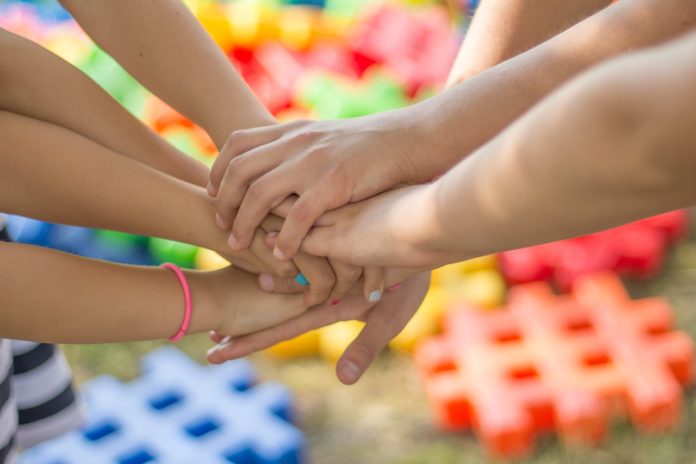A room, a class, pupils, a desk and a teacher behind it: up to a few decades ago, this were the only things that came up when one though about education. The formality as a guarantee of quality; the upper position of the teacher, the element that identified its knowledge. All of this has been lasting for centuries: but what if there are alternative ways of learning? Non-formal education (NFE) started to arise between the 60s and 70s, prompting a rollover of such scheme. As for the definition provided by UNESCO, Non-formal education’s defining characteristic
is that it is an addition, alternative and/or a complement to formal education within the process of the lifelong learning of individuals.
Which are the differences between formal and non-formal education?
There are two ways to establish the difference. The first relates to the concept of hierarchy: in formal education, this is clearly recongnisable – and accepted. The teacher, to whom one refers as “sir” or “miss”, provides you a lesson, a lecture, a seminar, on topics officially set by curricula. Digressions are allowed, but not recognised as part of the cultural baggage that learners are expected to acquire. In non-formal education, on the contrary, there is no hierarchy: teacher and learners sit at the same level, in a non-frontal position, and the contributions from the learners matter as much as the ones from the teacher.
Pro: formal education is granted and recognised as fundamental virtually all over the world, without any discrimination based on race, gender or ethnic group reasons, and gives to everyone the opportunity to get a basic knoweldge to be exploited during lifetime.
The curricola are the second characteristic. Formal education foresees defined programmes with a set of subjects, that may or may not be of interest of the learner, although their value is officially recognised. In the end, there is always a test. In non-formal education, instead, the choice of what to learn is up to the learner. It’s the case of sport lessons, hobbies courses, language classes and so on. The final outcome doesn’t matter: the important thing is that the learner has developed something more, that s/he feels enriched.
Pro: it enables everyone to focus on his/her favourite activities, to develop personal skills according to what comes natural. He feels empowered, making NFE easier for him/her to succeed.
How is non-formal education important for Europe and EU programmes?
It’s not a case that youth workers are particularly familiar with the concept of non-formal education. It perfectly adapts to the flow of youth exchanges, intercultural dialogues and the exchange of good practices. People taking part in Erasmus+ Programmes in fact usually match the identikit of the non-formal learner. They make the first step, proving themeselves with new challenges – also and above all when it comes at learning.
Non-formal education turns out to be really helpful even when facing difficult situations, such as the integration of adult migrant to a new host country. It’s what the Council of Europe underlined as regard to language courses for adult migrants. “At a time when many Council of Europe member states are receiving large numbers of adult refugees, the distinctions between formal, non-formal and informal learning help us to formulate radical and cost-effective responses to questions that have previously been answered in traditional ways”, we read on its website.
“Instead of organising formal language courses, for example, in the short term it makes much better sense, and is certainly more affordable, to involve volunteers in the organisation of social activities that promote non-formal and informal language learning”
After all, the Council of Europe officially recognised non-formal education in 2000, with a reccommendation of the parliamentary Assembly. As it’s stated in the document:
- The Assembly recognises that investment in education and welfare is an effective measure for the promotion of active citizenship and the prevention of social exclusion.
- The Assembly acknowledges that formal educational systems alone cannot respond to rapid andconstant technological, social and economic change in society, and that they should be reinforced by non-formal educational practices.
- Non-formal education is an integral part of a lifelong learning concept that allows young people and adults to acquire and maintain the skills, abilities and outlook needed to adapt to a continuously changingenvironment.




